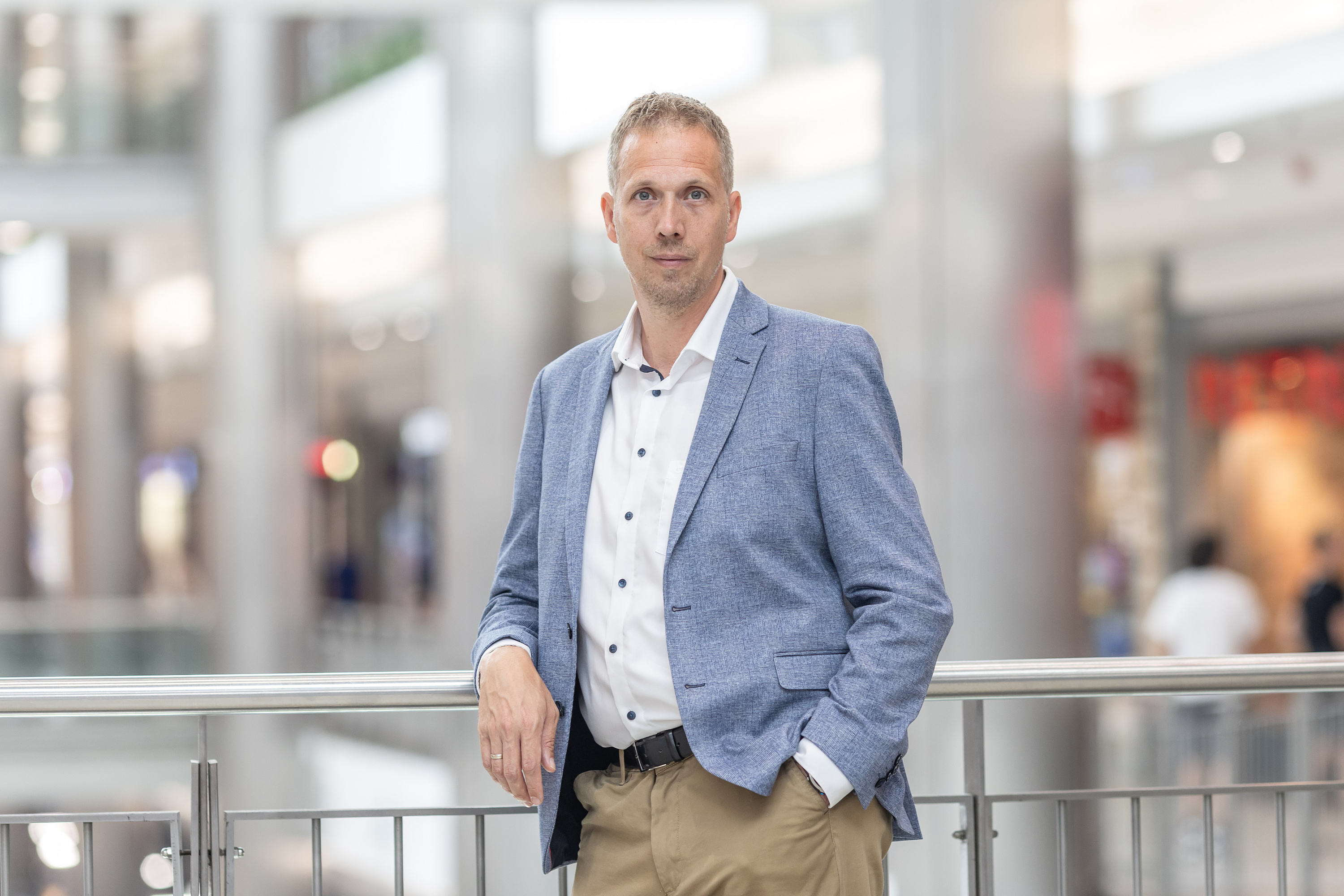Background Info
Miklós Gyertyánfy is the chief operating officer of Gránit Pólus. He has been part of the group’s management over the past 10 years and was previously the asset management director. He graduated from the Corvinus University of Budapest with a degree in finance and studied in Canada and the Netherlands. He started his professional carrier at a U.S. private equity fund in Budapest and Warsaw, after which he worked for nine years in the telecoms and internet industries. He earned a Chartered Financial Analyst (CFA) designation and is a member of the Royal Institution of Chartered Surveyors (MRICS). He is married with two children. His hobbies include hiking and playing soccer, as well ad fying as a light aircraft pilot.

What is your company doing to reduce its carbon footprint during new projects?
We are focusing on refurbishing our existing portfolio towards the long-term net zero requirements. This includes rationalization of operations, the conscious reduction of energy consumption, and the modernization of equipment. Although it is hard to compete with new buildings in terms of technical parameters, , but the big advantage of 15+ year-old buildings over 5-10-year-old developments is that the replacement of machines with the latest technology is also justified by the economic lifecycle of the equipment. The integration of modern facility management technologies (e.g. BIM) and AI further increases designability and transparency.
What real estate technologies will be most significant in fighting climate change in the immediate future and why?
FM companies are on the frontline of the battle against climate change as residential and commercial properties consume some 40% of global energy. What is more, 85% of the emission from buildings happen during the asset’s operational stage. That’s why it is crucial that we use the most modern technologies available to minimalize our environmental impact. Considering our properties, we have set the goal of switching to heat pump heating by 2030, with which we can achieve a nearly 50% reduction in energy consumption and CO2 emission compared to 2019. In addition, we also want to formulate specific goals for waste management, reducing water consumption and wastewater production. For the success of our goals, it is important to incorporate the principles of sustainable management into our operations to a large extent - we increase awareness, work with our partners and tenants, and constantly examine further development opportunities.
What is the most challenging aspect in the real estate market right now (i.e., access to finance, sourcing plots, etc.?)
The biggest challenge is still the rapidly changing economic environment. Although the past years have significantly trained us in terms of resilience and adaptability, the difficult planning places a remarkable burden on us, our tenants, and our partners as well. Moreover, the technological environment is changing even more rapidly, which also provides us challenges, since we have to keep up with development in order to remain competitive.
How crucial is transparent benchmarking for ESG in real estate, and how will we achieve it?
Transparency is one of the foundations of the ESG framework, as it makes companies' commitments and performance measurable and comparable. ESG is not a marketing concept. It requires a high level of commitment, awareness and financial investment. However, its payoff is clear, since the Earth's resources are finite and action cannot be postponed any longer. In addition, compliance with high-level standards is also a financing issue, since banks support companies that are able and willing to make sacrifices for sustainable, transparent, and ethical operations.
